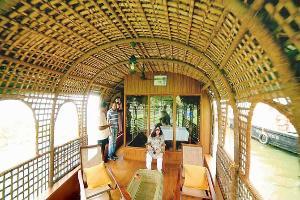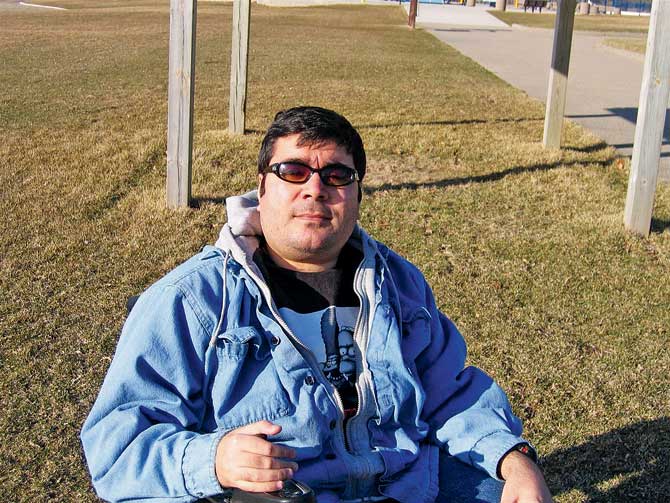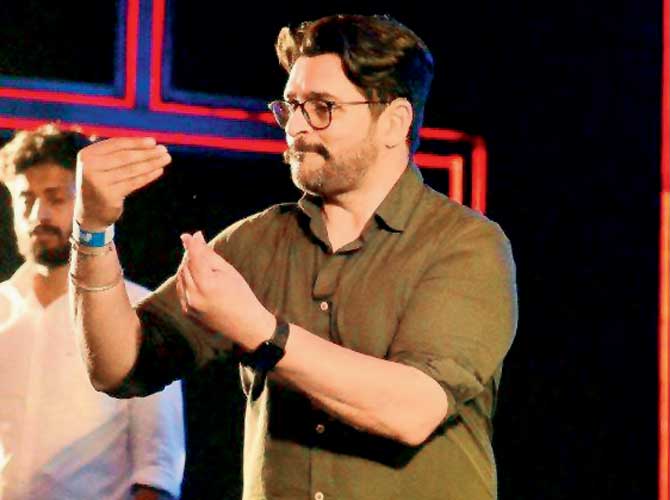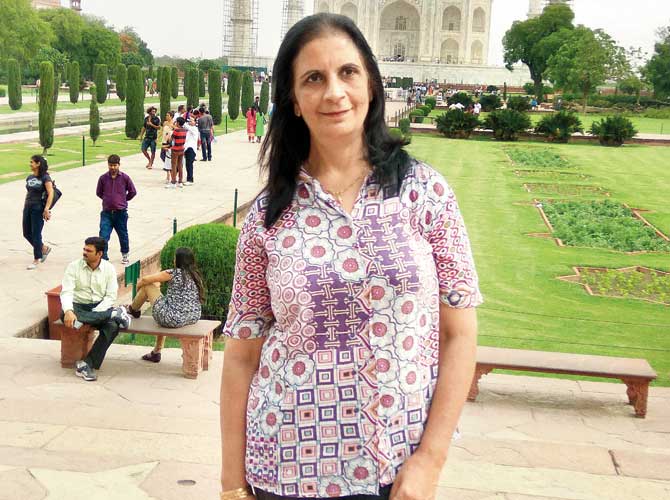Someone who can't walk can go for a swim in the ocean with the help of a special chair. And a deaf person will have no problems communicating with someone in a different country, whose language he doesn't understand

Shama Noorani living the dream on a houseboat in Kerala
Talking to people with different disabilities about their travels gives you a sense of how each of them faces their own individual set of challenges. But, the conversations also reveal how the problems are far from insurmountable. A blind person can see the Taj Mahal merely by touching it. Someone who can't walk can go for a swim in the ocean with the help of a special chair. And a deaf person will have no problems communicating with someone in a different country, whose language he doesn't understand.
That's the dialogue that will be built at an event being hosted this weekend, called Travel Tales, where disabled people will share stories about the holidays that helped shape them as human beings. We spoke to some of the participants to get an idea of what their experiences have been like. And what emerged from the conversation is that accessibility isn't always a mountain they have to climb. So, here's a brief guide to Indian destinations that are disabled-friendly, spanning from the backwaters of Kerala to the mountains of Ladakh.
ADVERTISEMENT
Getting out and about

Rustam Irani
Rustam Irani and Shama Noorani, 37 and 58
Rustam Irani and Shama Noorani, 37 and 58, are both wheelchair-bound and associated with Enable Travel, the organisation that's hosting this weekend's event. They help us understand how, for people who can't walk, even leaving their front door can be a concern sometimes. But they also stress on how important it is for disabled people to get out of their shell and find ways of exploring the world.
Noorani, for instance, tells us how a trip across Kerala changed the way she perceives herself. "One of the things that had always been on my bucket list was to be on a houseboat. So, when I was on one for the first time, I felt like I was in heaven. Kerala, in fact, is a place that has started making a lot of its tourist spots wheelchair-accessible. And I can definitely say that it remains one of my most memorable trips," she says, while Irani adds, "For me, it's Goa. Panjim was actually a revelation in terms of how disabled-friendly it is. And I even had a bath in the sea thanks to a special chair."
TIP: There is no point in being intimidated by your situation. Do some research on places that are wheelchair-accessible, and start going out as much as possible.
The right signs

Dr. Alim Chandani
Dr. Alim Chandani, 37
Dr. Alim Chandani, 37, prefers being called deaf, as opposed to hearing-impaired. We speak to him over the phone through his interpreter, and he tells us about how any reservations he had about taking trips dissipated when he was 21 years old.
That's when he went backpacking through 10 countries in Europe, along with his best friend. "I realised then that when I'm on holiday, all I have to do if I want to find a place to eat is point my hand towards my mouth, indicating that I am looking for a restaurant. And all I have to do is raise my pinkie finger if I want to go to the toilet," he says.
Since then, Chandani has ticked off 45 countries in total. But while knowing sign language is definitely an advantage when talking to people in a foreign locale where English is not prevalent, he adds that India, too, is easy to negotiate for a deaf person. "Many people here naturally use their hands a lot when they are speaking. 'Ruk jao', 'waha chale jao', 'bahut garmi hai' — there's a lot of gesticulation when people say things like these. In fact, there is some amount of ignorance about sign language because people sometimes assume that you are just being animated. But when they understand that I am deaf, they start using their hands themselves in an animated manner, just because they want to talk," Chandani tells us, adding that if he had to pinpoint one place in India that stands out for him, it would have to be Leh. "Yes, it was an exhausting trip, there's no denying that. But it was also so breathtaking, and the culture of the Tibetan people so beautiful, that the trip will always remain special," he says.
TIP: Almost 75 per cent of the entire lexicon of sign language is constant across India. So, communicating with other deaf people won't be difficult, no matter where you are.
Seeing without sight

Preeti Monga
Preeti Monga, 58
There is a memorable incident Preeti Monga, 58, relates that makes her laugh out loud. "I had once gone to Jaipur and wanted to see a silver pitcher that had been put on display at Amer Fort," she says, adding, "Luckily it wasn't in a glass case when I went. But it was barricaded, and I wanted to jump the barrier so that I could touch it. And I did. And the guards came chasing after me. So, I had to explain to them — and the other people around — that all I wanted to do was touch the pitcher because I wanted to experience the magnificence of that piece of art. And that's when everyone who was saying 'Why is she allowed to go there when we aren't?' realised that I am blind."
She also says that the best way someone without vision can understand more about the world around her is by actually travelling to places. "It's not like I will understand the beauty of a historic place or a mountain if I am shown a picture of it. See, it's only when I splash around in the water that I'll understand the sea. But it's important to have someone with you who'll be there in an hour of need, without being too concerned all the time," she tells us, before we ask her about the most memorable place she's been to in India, and she answers, "The Taj Mahal. The tourists there were helpful about making me understand the engravings, telling me what the different colours signified when I placed my hands on the walls."
TIP: Choose the right person to accompany you. They should not be overbearing and help out only when really needed.
Catch up on all the latest Crime, National, International and Hatke news here. Also download the new mid-day Android and iOS apps to get latest updates
 Subscribe today by clicking the link and stay updated with the latest news!" Click here!
Subscribe today by clicking the link and stay updated with the latest news!" Click here!







